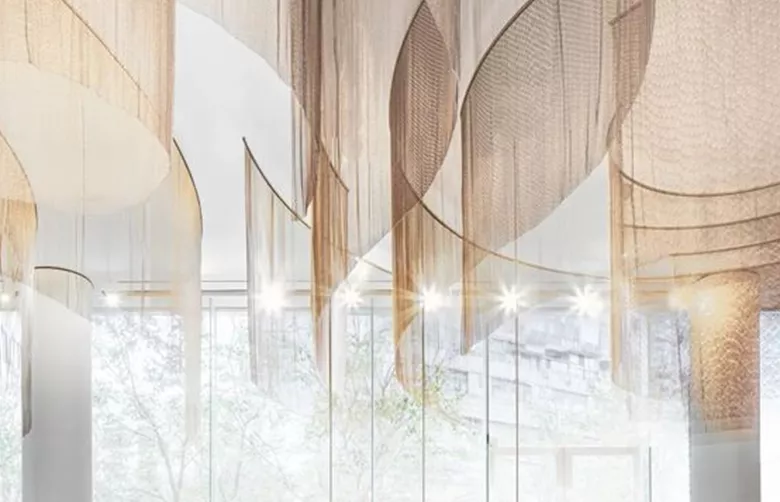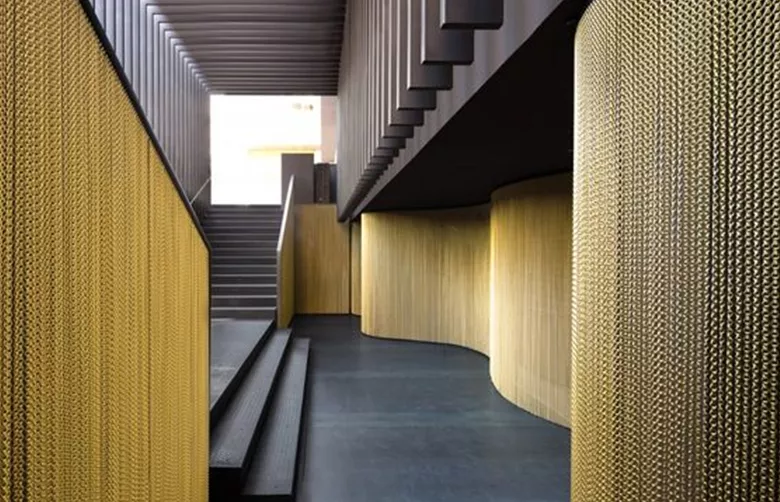-
About UsProductsCustomized SolutionProjectGalleryNews
Architectural Wire Fabric: Unveiling the Beauty of Woven Metal Interiors
Release time: June 26, 2023In the realm of interior design, there is a material that holds the power to transform spaces and elevate the aesthetics to new heights: architectural wire fabric. With its intricate weaves and metallic allure, this versatile material unveils the beauty of woven metal interiors. In this article, we will explore the captivating world of architectural wire fabric, delving into its unique characteristics, creative applications, and the enchanting ambiance it creates within interior spaces.
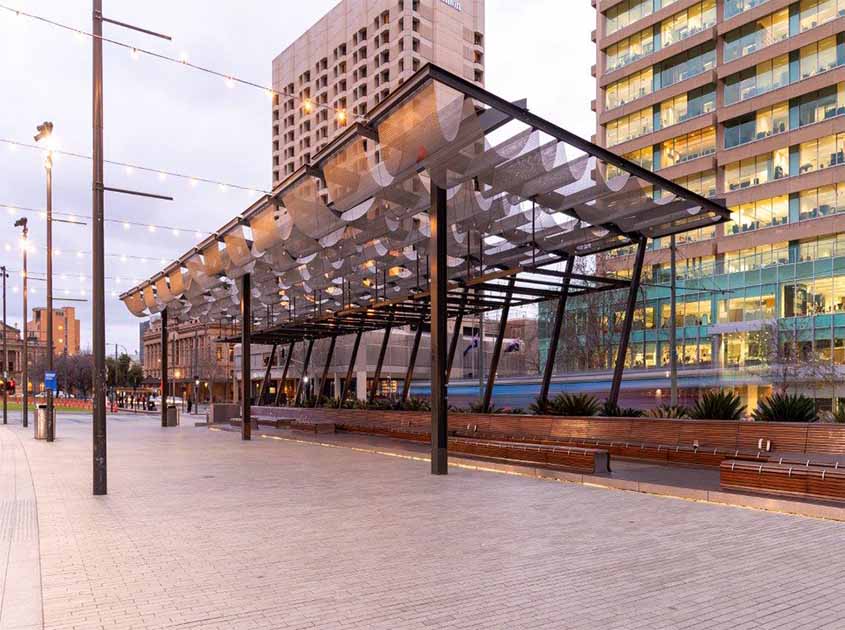
Creative Weaves and Patterns:
Architectural wire fabric is renowned for its exquisite weaves and patterns that bring a sense of artistry and elegance to interior designs. The interplay of metallic wires creates stunning visual effects, adding depth and texture to the space. From simple linear weaves to intricate mesh patterns, architectural wire fabric offers a range of options to suit various design concepts and aesthetics. Designers can experiment with different weaves to achieve the desired balance between transparency and privacy, allowing for a play of light and shadows that enhances the overall ambiance.
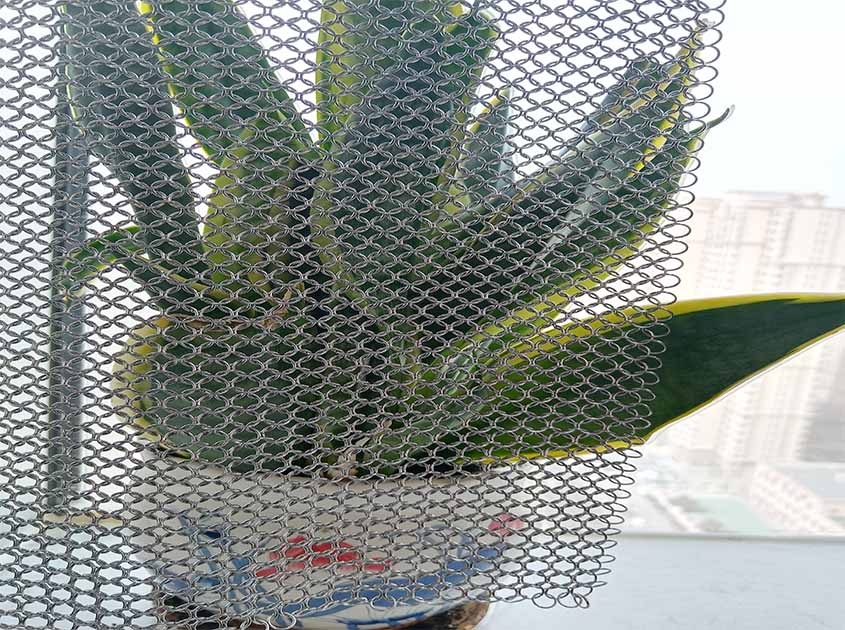
Metal as a Design Element:
One of the distinctive features of architectural wire fabric is its use of metal as a primary material. This inclusion of metal brings a unique charm and sophistication to interior spaces. The inherent properties of metal, such as its durability, strength, and reflective qualities, make it an ideal choice for creating captivating design elements. Whether it's stainless steel, brass, copper, or aluminum, each metal type adds its own character and visual appeal, allowing designers to incorporate a touch of luxury and industrial chic into their interior designs.
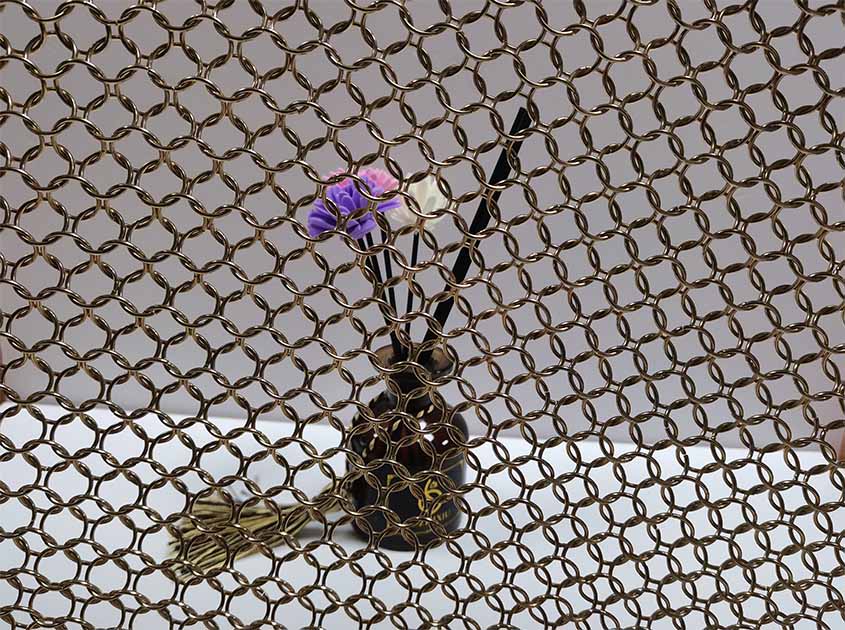
Versatile Applications:
Architectural wire fabric finds its place in a wide range of interior applications, offering endless possibilities for creative expression. It can be used as decorative screens, room dividers, wall panels, ceiling installations, and even as furniture elements. Its versatility allows designers to add dynamic visual elements, define spaces, and create focal points within the interior environment. Whether it's a residential living room, a commercial office, or a hospitality venue, architectural wire fabric can be adapted to suit various design styles and functional requirements.
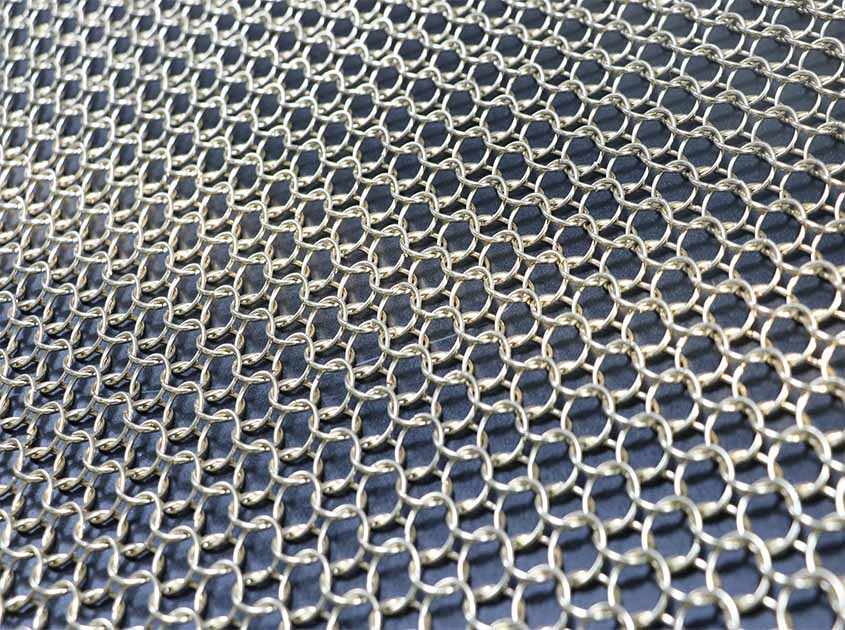
Lighting Effects and Acoustic Control:
The interwoven nature of architectural wire fabric enables designers to play with lighting effects and acoustic control within a space. By strategically placing light sources behind or in front of the fabric, designers can create mesmerizing light patterns, highlighting the fabric's intricate weaves and adding a touch of drama to the ambiance. Additionally, the open structure of the fabric allows for sound absorption, making it an effective solution for improving acoustics in interior spaces.
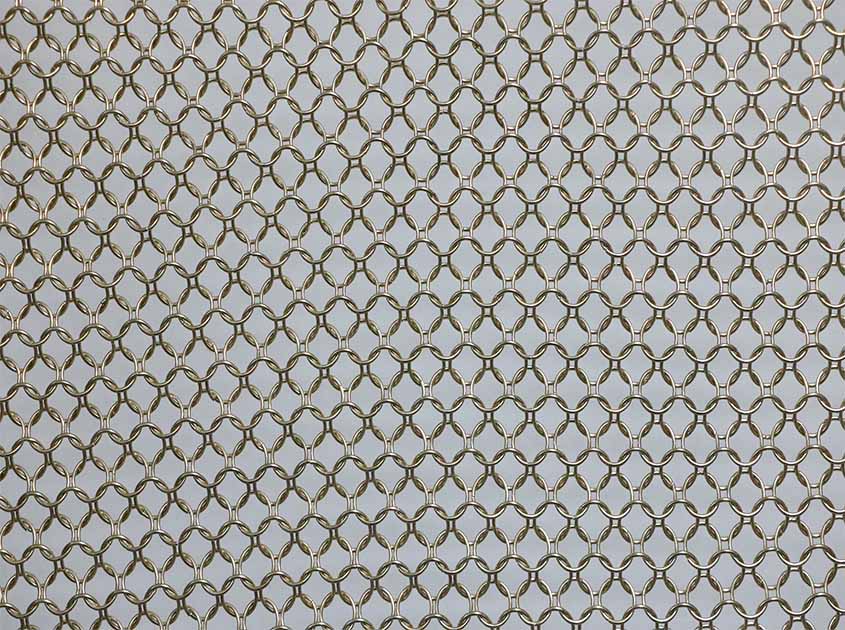
Seamless Integration with Technology:
Architectural wire fabric seamlessly integrates with modern technology, allowing for innovative design solutions. The incorporation of LED lighting within the fabric can create dynamic and customizable lighting effects, enhancing the visual impact. Moreover, integrating projection screens or interactive displays onto architectural wire fabric surfaces opens up new possibilities for immersive experiences within the space. This blend of traditional craftsmanship and cutting-edge technology expands the design possibilities and offers a truly immersive and engaging environment.
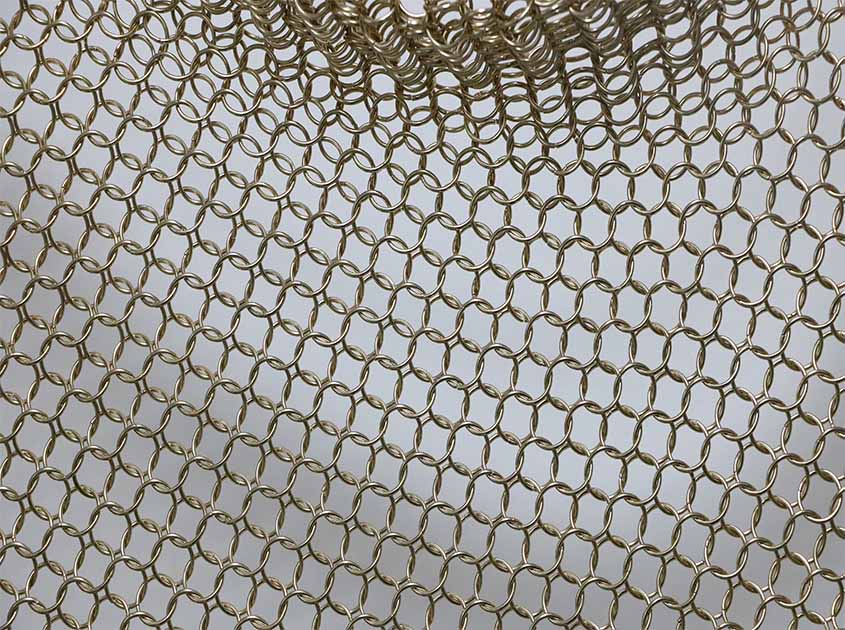
Conclusion:
Architectural wire fabric is a captivating material that unveils the beauty of woven metal interiors. Its creative weaves, use of metal, versatile applications, lighting effects, and seamless integration with technology make it an invaluable tool for interior designers seeking to create exceptional spaces. Whether used as a decorative element, a functional partition, or a statement piece, architectural wire fabric adds a touch of sophistication and allure to interior designs, captivating the senses and transforming ordinary spaces into extraordinary works of art.
Recommended News



